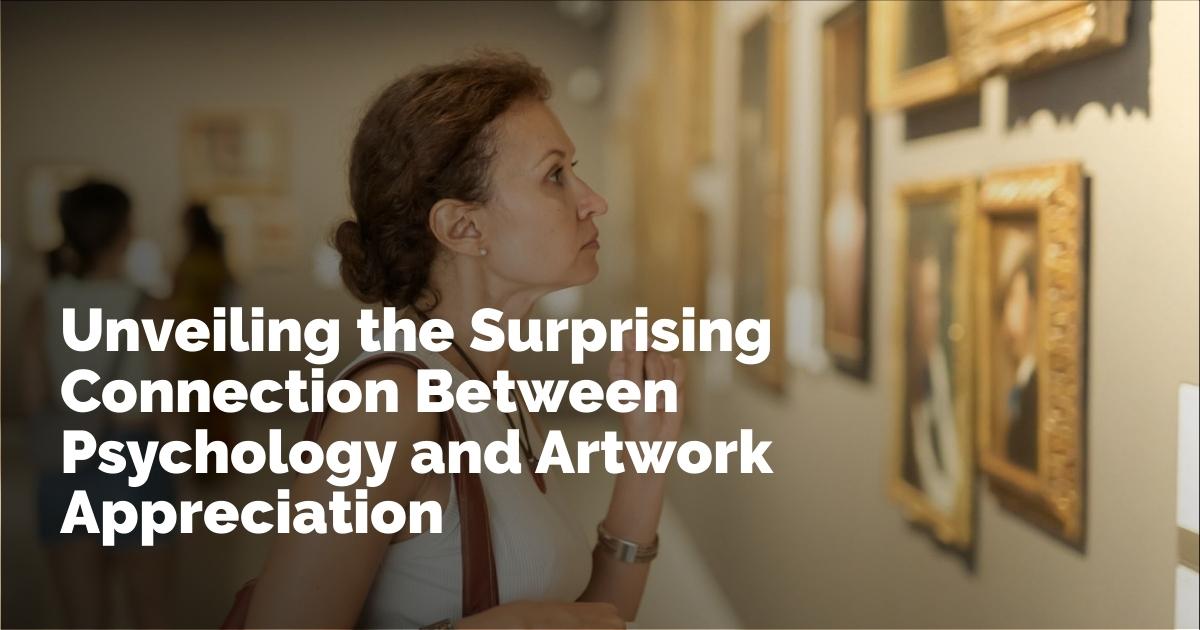Psychology Study Reveals How Art Alters Our Engagement with Negative Content
Fascination with the macabre isn't just a modern obsession. Throughout history, art has enabled individuals to confront discomforting themes such as death, suffering, and violence in unique ways. Intriguingly, new research from the Proceedings of the National Academy of Sciences delves into why people might gravitate towards negative content when presented as art rather than in more literal forms.
Understanding the Intrigue: Art and Negative Themes
Historically, artists like Caravaggio and Frida Kahlo have not shied away from difficult subjects. These artists explored themes of existential importance, creating masterpieces that are simultaneously unsettling and captivating. Art forms such as "memento mori" remind us of our mortality, offering a profound, if morbid, commentary on the human condition. The allure of negative imagery, as captured by these artists, poses a question: Why do audiences choose to engage with such content, and what psychological motivations lie beneath this preference?
Exploring the Research: Art vs. Reality
In a bid to unravel these mysteries, researchers embarked on a series of experiments, honing in on the distinction between art and straightforward photographs depicting similar negative scenes. They sought to understand whether art's abstraction drew individuals closer to negativity than the rawness often conveyed by photographs.
As Yagmur Ozbay, a PhD candidate at the University of Amsterdam, articulates, "Negative information helps us gain knowledge, understand emotions, and connect with others." But how does art, which abstracts reality, hold a dominant position in portraying negative themes? To answer this, the team devised experiments to test if and why people prefer negative content depicted through art rather than reality-based images.
Methodology: The Experiments Conducted
The research consisted of five online experiments that included over a thousand participants recruited through Prolific, an online platform known for its reliable data-gathering via native English speakers.
-
Initial Observations on Viewing Preferences: Participants were divided into groups to observe either paintings or photographs based on written descriptions of both positive and negative situations. It was found that when offered the chance to view images, people were inclined to choose paintings depicting negative content over photographs.
-
Direct Choice Between Mediums: When faced with direct choices between paintings and photographs, participants consistently favored paintings to view negative content such as moral transgressions. This preference was absent for positive content, highlighting an intriguing medium-specific inclination.
-
Exploring Emotional Responses: In subsequent experiments, both paintings and photographs were examined for how they evoked emotions like distress or compassion, and how thought-provoking or aesthetically pleasing they were considered. Art consistently elicited deeper engagement, drawing participants to spend longer viewing times compared to photographs.
-
Anticipated Emotional Impact: Through the final phases, participants were asked to anticipate the emotional toll of viewing each medium. Here, art was perceived as less emotionally taxing, suggesting that the artistic abstraction mitigated the negative emotional cost typically associated with viewing distressing realities.
Insights and Implications: The Power of Art
The results consistently favored art over photographs when it came to viewing negative content, specifically scenarios involving violence and harm. The implications of these findings are manifold, influencing educators, journalists, activists, and artists who aim to communicate socially pertinent, albeit challenging, topics. Considering these results, art might indeed sustain public attention on critical issues, which people might usually evade.
Artworks were generally rated as more aesthetically appealing. The study’s insights indicate that negative themes, when couched in artistic constructs, are more approachable and retain viewer engagement longer, allowing audiences to absorb deeper meanings without the immediate emotional exhaustion.
Motivations Behind Engagement
Participants showed interest in art partly because it promised thought-provoking content and unique perspectives. Even when non-art forms shared these characteristics, they didn't compel viewers to the same extent, revealing an implicit buffer that art provides against emotional distress.
Beyond the Canvas: Future Explorations
While the research briefly examined visual art, researchers acknowledge that other art forms, including literature and music, could similarly or differently affect how we engage with negative content. The online nature of the experiments, although reflective of modern interactions with content, calls for real-world investigations—such as in museum settings—to see if these findings hold.
Furthermore, there’s excitement about the potential longer-term effects of increased engagement through art on social issues, particularly in fostering empathy and inspiring action, thus enhancing societal awareness.
Redefining Art's Role
This research invites a reevaluation of art beyond its traditional confines of beauty and aesthetics. It reassures that art is not merely a device for showcasing beauty but is a fundamental tool for confronting complex life issues. By engaging with art, spectators form connections with culture, history, and shared identities, serving as a testament to the transformative power of art in societal narratives.
In conclusion, while art abstracts and reinterprets reality, it remains an indispensable channel for processing the world’s harsh truths, encouraging us to confront difficult realities with a potential for understanding and emotional growth. This research represents a fascinating step forward in appreciating the complexities of human interaction with art and its deeper roles in shaping societal narratives.
출처 : Original Source

